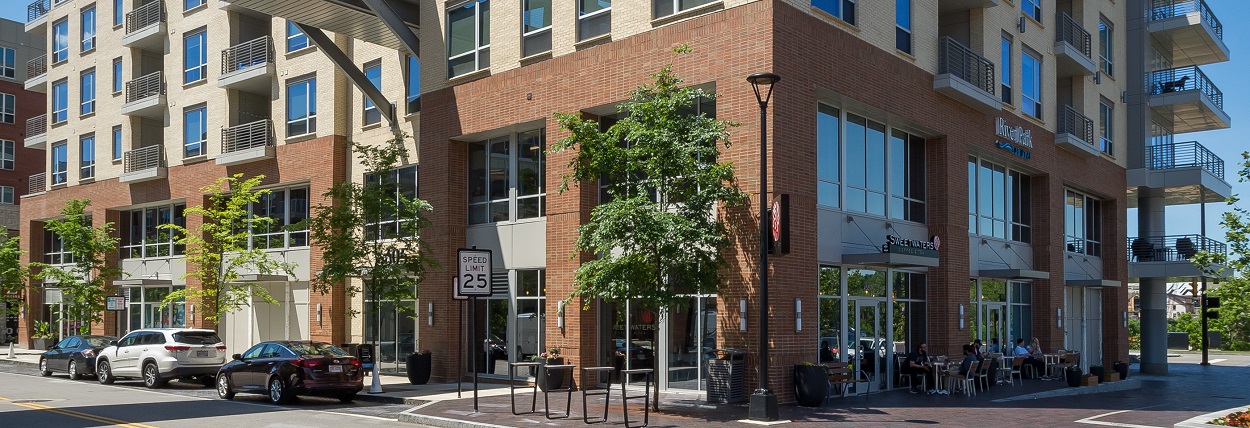Base Year, Expense Stop and Annual Escalations
Commercial real estate leases and clauses have many unique sub-points to them. Understanding these concepts will better prepare you to navigate your next commercial real estate transaction, whether that be a lease renewal, expansion or relocation. In part 1 of this series we covered Triple Net Leases (NNN Leases) and Full-Service Leases. In part 2 below, we’ll explore the meaning of Base Year, Expense Stop and Escalation Clauses.

What is a Base Year? | What is an Expense Stop?
A Base Year clause is found in many Full-Service and Gross Leases. It is not found in triple net leases. The Base Year clause is a year that is tied to the actual amount of expenses for property taxes, insurance and operating expenses (sometimes called CAM) to run the property in a specified year. In a new lease, the Base Year clause is most often the year the lease is executed or the year in which the lease commences.
The actual amount of expenses that are tied to the Base Year (property taxes, insurance and operating expenses) becomes the baseline or ‘floor’. As the lease advances in years, the tenant is responsible for paying any increase above the Base Year amount.
For example, if a lease commenced in 2015, and the total rent was $30 per SF, with $10 per SF being the property taxes, insurance and operating expenses for the property, the Base Year would be 2015 and the Base Year amount would be $10 per SF.
If in 2016 the property taxes, insurance and operating expenses did not change or even went down, the tenant would not owe any additional payment. However, if in 2017, the property taxes, insurance and operating expenses increased to $10.25 per SF, the tenant would then be responsible for a one-time payment of $0.25 per SF ($10.25 minus the $10 per SF Base Year amount from 2015).
Once the landlord establishes that there will most likely be an increase above the Base Year amount in future years, many landlords will divide the anticipated or prior increase into a monthly amount and ask the tenant to pay it on a monthly basis with their regularly scheduled monthly rent check. This approach is also preferred by many tenants, as it prevents the tenant from getting surprised by an isolated bill or one-time expense they were not planning for. Paying the increase in the Base Year in future years on a monthly basis can help the tenant maintain a better budget.

Another term that is often used alongside or similar to Base Year, is Expense Stop. Essentially, the Base Year amount is synonymous with the Expense Stop amount, which is the actual amount of money that comprises the property taxes, insurance and operating expenses. Just like the Base Year amount, the tenant is responsible to pay any increase in those expenses above the Expense Stop amount.
If the Expense Stop amount in a lease is $10 per SF at the start of the lease, the Tenant will then pay any increase in the taxes, insurance and operating expenses that exceeds $10 per SF in year 2 and beyond in the lease.
What is an Escalation Clause or Annual Increase?
An Escalation Clause is often referred to as an Annual Increase Clause, an Annual Rent Increase or an Annual Rent Bump. An Annual Increase is a clause in a lease which provides for the base rent amount or operating expenses to be increased and/or to reflect changes in expenses paid by the landlord such as real estate taxes, insurance and operating expenses.
The Escalation Clause or Annual Increase may be accomplished by several means such as fixed periodic increases such as 3% per year or $1.00 per SF per year, or increases tied to the Consumer Price Index or adjustments based on changes in expenses actually paid by the landlord in relation to an Expense Stop or Base Year amount. The majority of leases will have an Escalation Clause or Annual Increase tied to the Base Rent, Full Service Rent or Gross Rent. The majority of leases will also contain a clause that allows the landlord to collect an increase in the triple net or operating expenses as those costs increase beyond the first year of the lease.
Essentially, the Annual Increase is the amount of money the rent increases each year beyond year one of the lease.
Beyond what was covered in this article, there is always more to learn. There are additional types of leases such as Gross Leases and Modified Gross Leases, as well as dozens of additional lease terms. This terminology is important to understand as you evaluate real estate opportunities for your practice. Understanding each term will further equip you to make the most informed decision benefiting your practice.